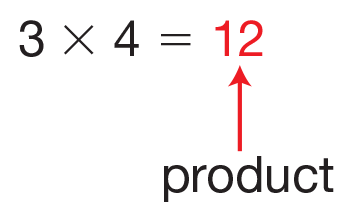P
pack
One of the base-ten pieces that is often used to represent 1000. The block is a 10 X 10 X 10 arrangement of bits. (See also base-ten pieces, bit, flat, and skinny.)

paper-and-pencil strategy
A method for problem solving by writing computations down. The

part-whole diagram
A picture used to show the parts of a whole number.
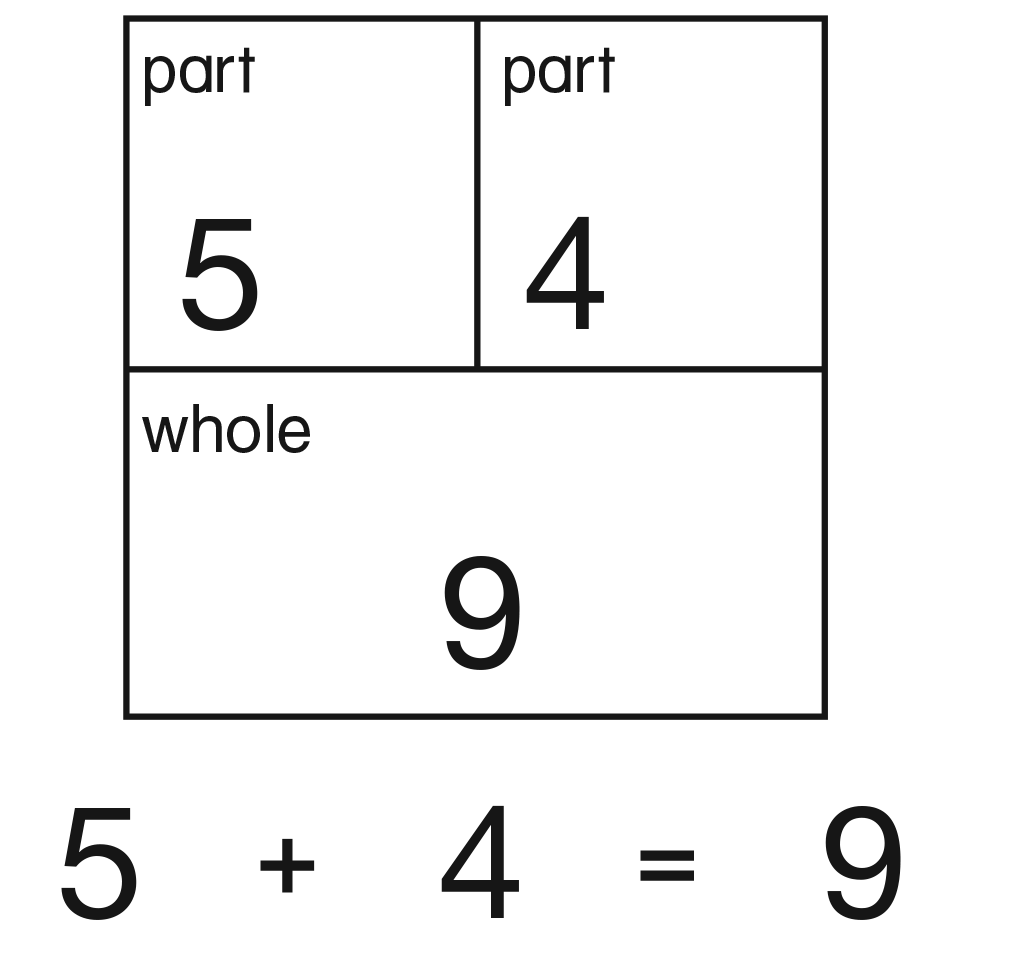
partition
Divide a shape or number into parts.
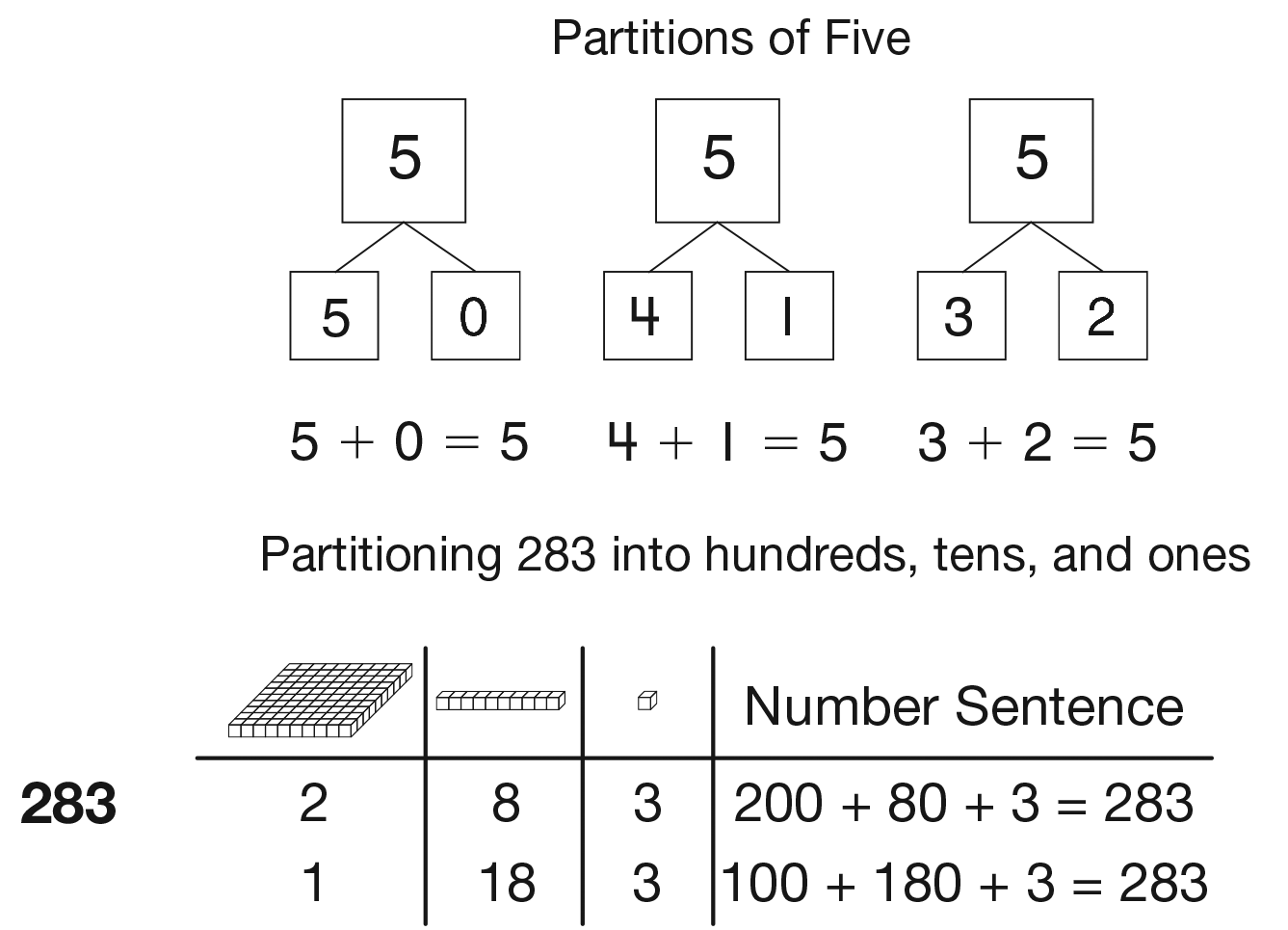
partner number
The number that goes with an addend to make a sum of ten. For example,
to add 8 + 4, the partner number for 8 is 2. Break up 4 into
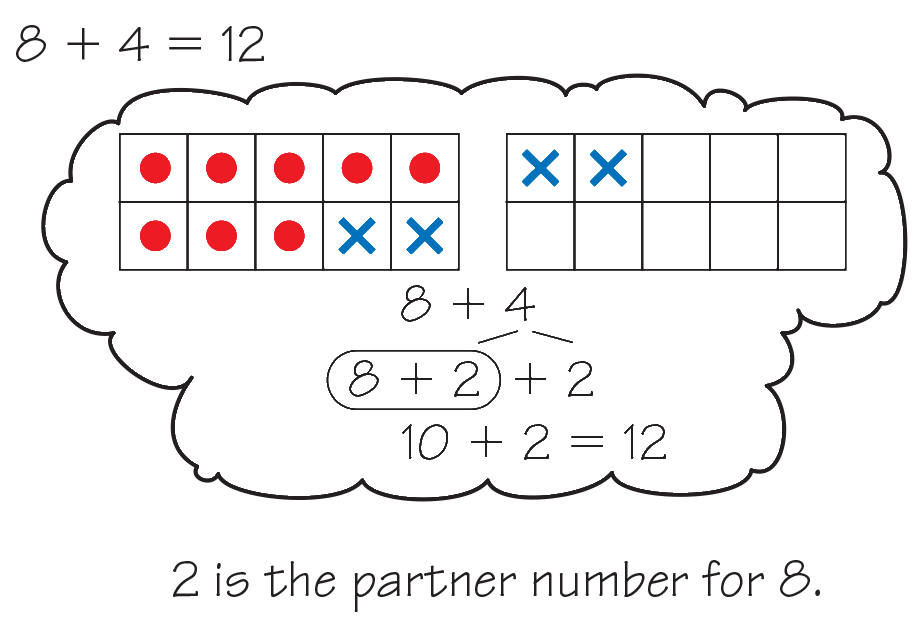
pattern
A list of numbers or objects that follow a certain sequence, rule, or set of rules. For example, if it takes 8 lemons to make each pitcher of lemonade, you might notice that the number of lemons increases by 8 each time another pitcher is added.
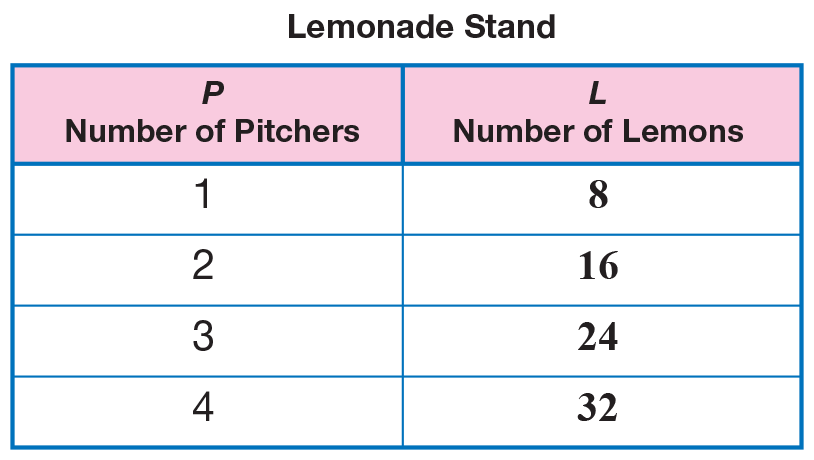
penny
A coin equal to (or worth) 1 cent (1¢).

picture graph
A graph that uses pictures or symbols to show data. (See also graph.)

place value
The value of a digit in a number depends upon where it is placed. For example, the 2 in 329 stands for 2 tens but the 2 in 7239 stands for 2 hundreds.
PM
The time period from noon to midnight.
prediction
Using information or data you know to tell what might happen in the future. For example, you might use the data in a bar graph to predict which season will have more cloudy days.
prism
A three-dimensional (3-D) shape that has all flat sides and two end faces that are the same shape and same size. The faces connected by the end faces are all the same length. The end faces give the prism its name, such as rectangular prism or triangular prism.

product
The answer to a multiplication problem.
